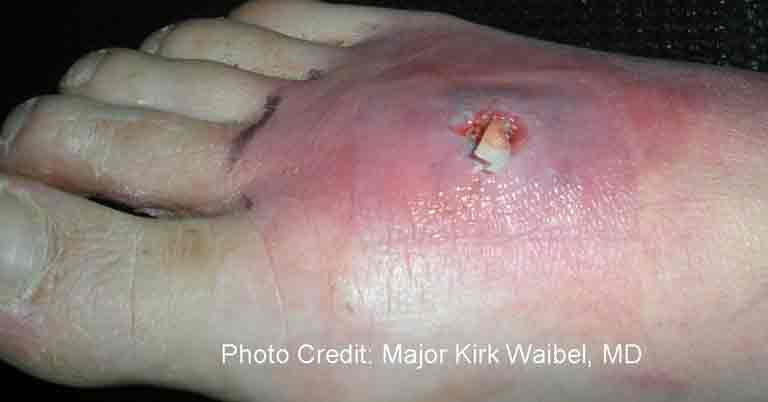MRSA
Methicillin Resistant Staphylococcus Aureus or MRSA a type of bacteria that is resistant to many antibiotics.
Symptoms of MRSA infection may include:
- Red, swollen, warm, and painful pimple, boil, or blistered areas
- Pus or other drainage
- Fever and chills
- A wound that looks like a spider bite


